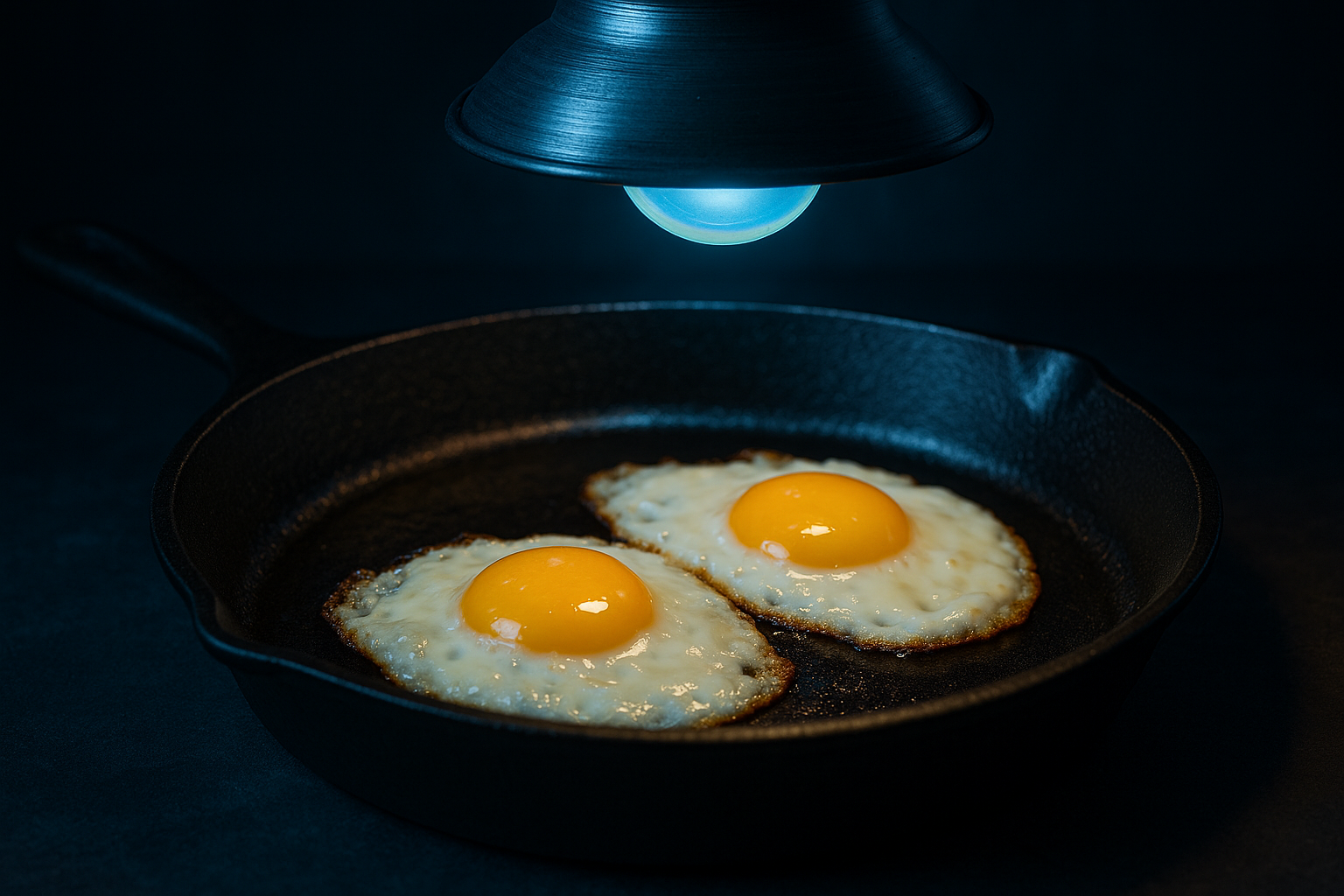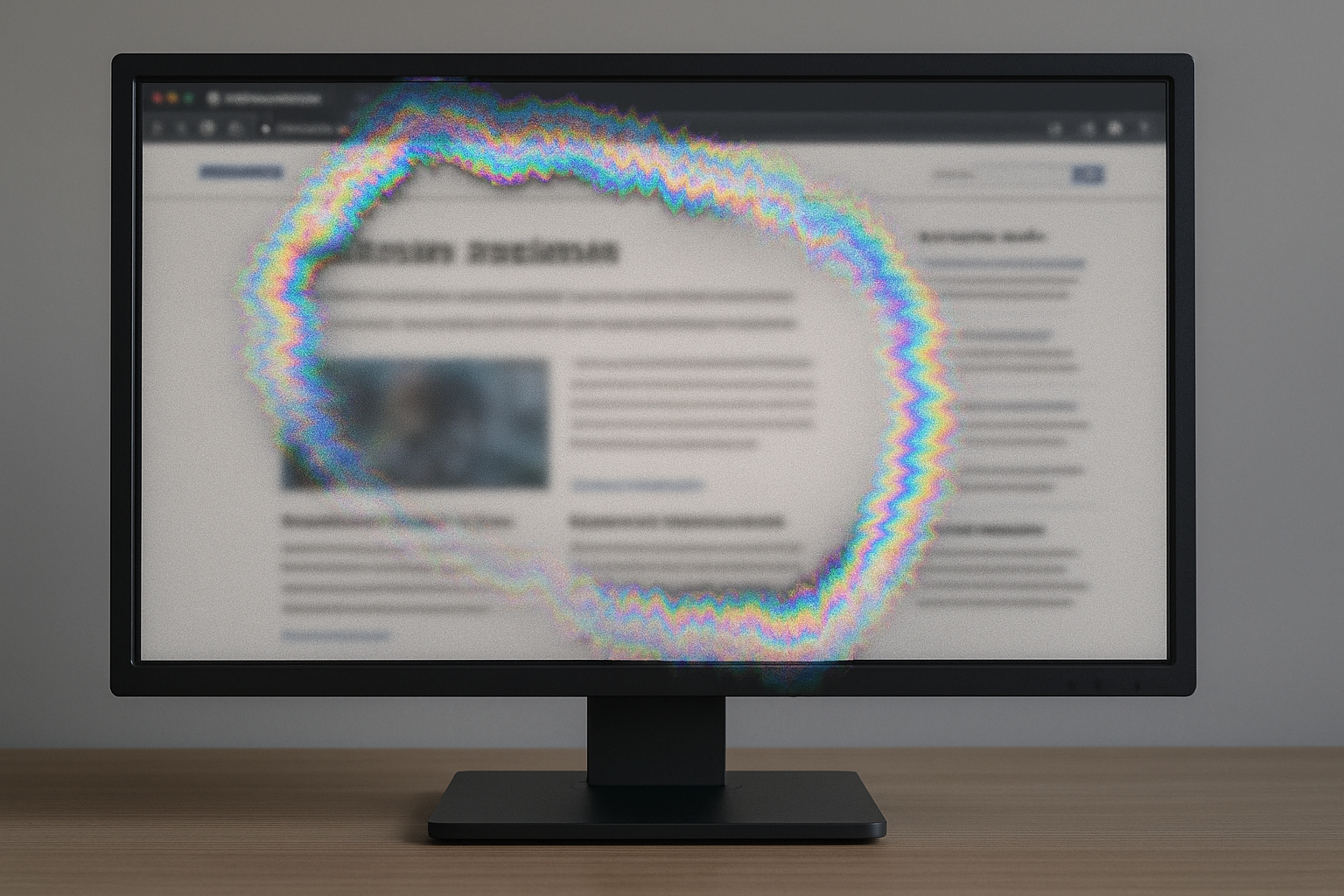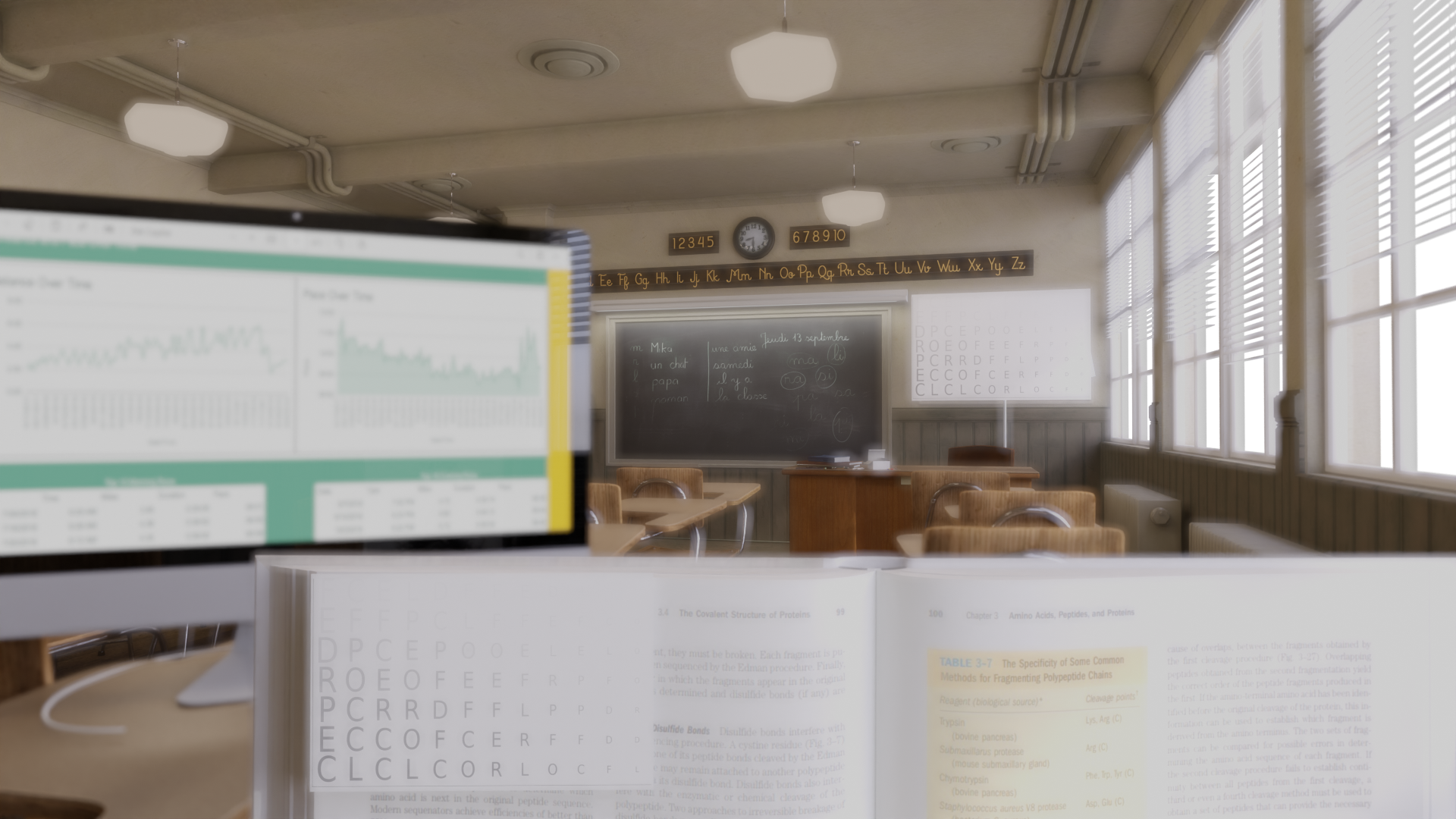Why 20/20 Vision Doesn’t Mean What You Think It Means
Let’s say you just finished your eye exam. You read the letters. You crushed that bottom row. The optometrist gives you a high five (or maybe just a nod) and says:
“You’re seeing 20/20!”
Except later that night, you’re driving home, and you still can’t read half the road signs until they’re right on top of you. Everything looks a little foggy. Headlights glare like someone’s welding in the oncoming lane.
“Why does the world look worse than it did on that chart?”
Let’s talk about that.
What 20/20 Actually Means (and Doesn’t)
You’ve probably heard that 20/20 vision = perfect vision.
Not quite.
20/20 means you can see a high-contrast black letter (ie very prominently black) on a very white background, from 20 feet away, at a certain minimum size and spacing that’s been shown to be close to the human limit.
It doesn’t test how you see in low light.
It doesn’t test how you see grey things on grey things.
It doesn’t care about glare, motion, clutter, or the chaos of the real world.
That’s why 20/20 vision is just one piece of the puzzle. Using it as the sole measure of visual quality is like declaring someone the greatest basketball player of all time simply because they hold the Guinness World Record for most consecutive free throws made (5221), impressive for sure, but a far cry from mastering the whole game.
Ted St. Martin, an expert in one dimension of basketball (free throws). I’m no NBA aficionado, but if you drive a van like that, maybe you are by default the greatest basketball player ever?
The Audiologist Analogy
Imagine you're at a hearing test. The audiologist plays a beep. Then the same beep, but quieter. Then louder again. The whole test is just that one sound, over and over, at different volumes.
You’d probably ask:
What about hearing your kid call from upstairs while the washing machine is running and the microwave is beeping and someone’s mowing the lawn outside?
This same criticism can be said about the Snellen test. It’s a single-frequency test in a world full of complexity. Because volume in hearing = letter size in vision. A standard eye chart tests how “quiet/loud” the letter is in your visual field, measured in arc minutes of angle. But what it doesn’t test is tone, the hearing equivalent of contrast in vision.
And just like testing only one tone in hearing, testing only one contrast level doesn’t tell the whole story.
The Pelli-Robson contrast sensitivity chart measures how well you can see letters that become progressively fainter against a white background as you move down the chart.
Testing Contrast Sensitivity
Real life is full of visual “tones”, like a pedestrian in a grey hoodie crossing the street in drizzle. Contrast sensitivity is how your brain says: Oh, that vague shadow blob is a man in a hoodie pushing a stroller. It’s what helps you spot a deer lurking in the tree line. Or find your phone on a charcoal bedsheet in a dark room. These low-contrast scenes are harder for your visual system than the Snellen E.
Now for the good news: There are contrast testing charts out there. They are rarely used. They look like Snellen charts had a baby with a newspaper printing press. But they’re slow, boring, static, and feel about as natural as reading a book underwater.
We Got Tired of This and Built a Whole New Exam Room
This problem has always bugged me. Patients kept telling me, “Doc, I passed the test, but I still hate night driving.” Or “I just don’t see things the way I used to, even though you say my eyes are fine.”
And you know what? They weren’t wrong.
They were right.
The test was wrong.
The standard contrast tests? Cumbersome. Slow. Totally disconnected from real-world vision. I needed something immersive, something that actually recreated what life looks like, not what charts look like.
So I started building it.
I leaned into my background in 3D rendering. I brushed up on some code. I dove deep into focal lengths and optical geometry. I even redesigned an entire exam room from wall angles and length to lighting placement just to control the visual field with absolute precision. A TV on a wall doesn’t cut it. To truly simulate reality, I needed to manipulate every variable and create an environment that could fool the brain into thinking it was somewhere else.
Every element of our Situational Vision Test, every pixel, every shadow, every line is meticulously calibrated for focal distance and binocular depth. When a patient steps into that room, they’re not just viewing a screen. In fact frequently patients will ask “Is this a hologram?” or “Am I looking out a window?”
They’re immersed in a scene that looks and feels real, under natural lighting and contrast, engaging their visual system exactly as it would in the real world.
What Situational Vision Testing Actually Does
Here’s what makes it different:
It simulates night driving, fog, glaring headlights, and cluttered visuals
It tests contrast sensitivity under dynamic, moving, realistic conditions
It ask your brain to to see the world
And the results? We find visual problems that were completely missed by standard charts especially in patients who “should” be seeing perfectly.
Even better, once we pinpoint what’s going on, we can tailor real solutions, whether that’s exploring specialty lenses like sclerals, providing neurological relief with Neurolens, discussing contrast-related visual strain, or expediting cataract surgery when appropriate.
TL;DR
20/20 means you can see small black letters on a white chart from 20 feet away.
Real life is not black-on-white.
Standard tests don’t check how your eyes perform when it matters most.
Most patients who “pass” the test but feel frustrated are right to be frustrated.
We built a better system to test how you actually see the world, not just a chart.
Final Thought
If you’re someone who “passed” their last eye exam but still feels like your vision isn’t sharp, especially at night, trust that instinct.
Come try a Situational Vision Test at Calgary Vision Centre. It might be the first time your eyes get tested like they’re living in the real world.
Dr. Robert Burke is an optometrist at Calgary Vision Centre. The thoughts, opinions, and analogies shared above are intended for education and entertainment purposes only (think of them like a friendly explainer, not a personal consultation.) Every set of eyes is different, and the right testing protocol depends on your specific vision needs, health history, and lifestyle. So if you're experiencing symptoms or just have questions about your vision, don’t rely on internet content alone, talk to your optometrist or health care provider directly. We’re here to help, but nothing beats an in-person exam with someone who knows your eyes.
















